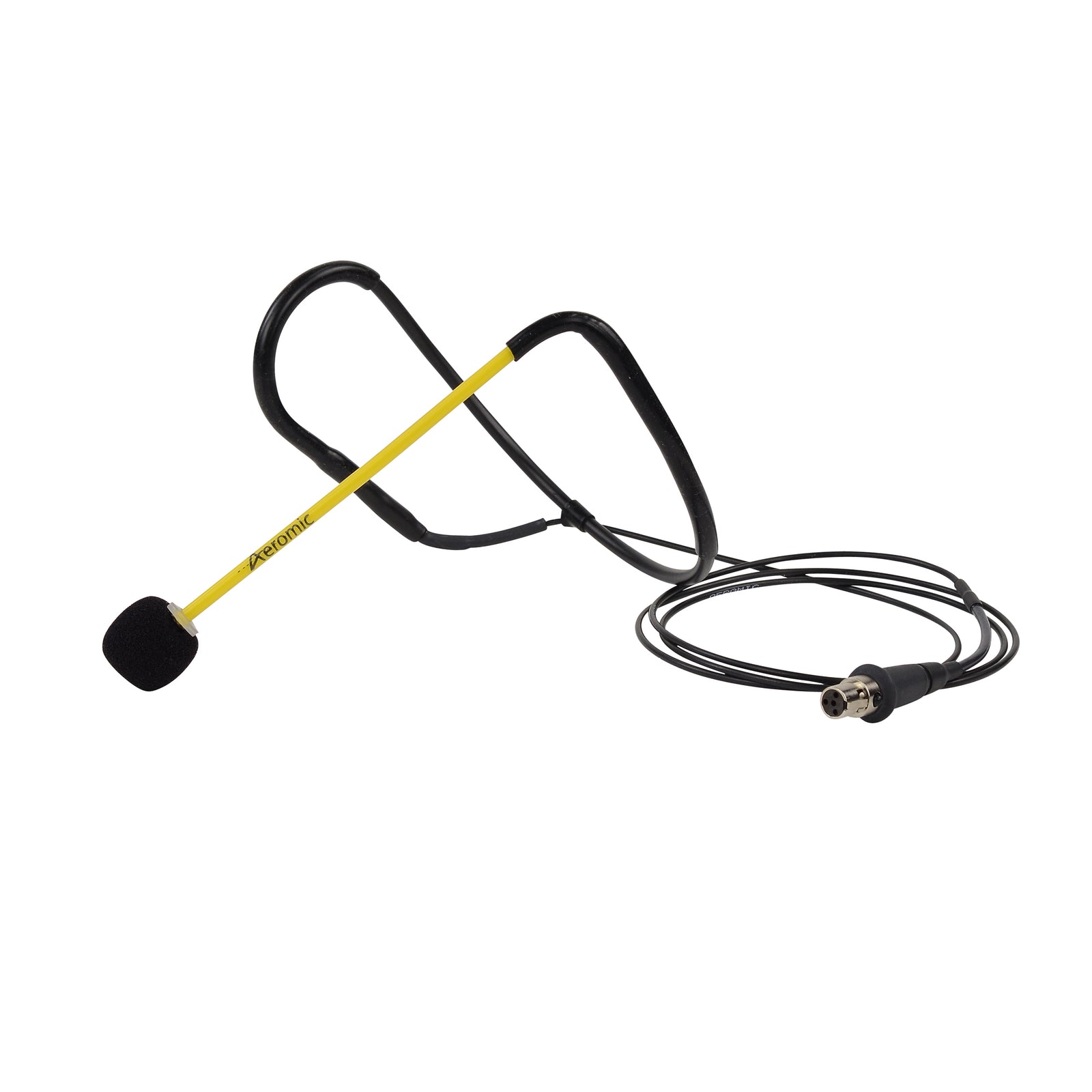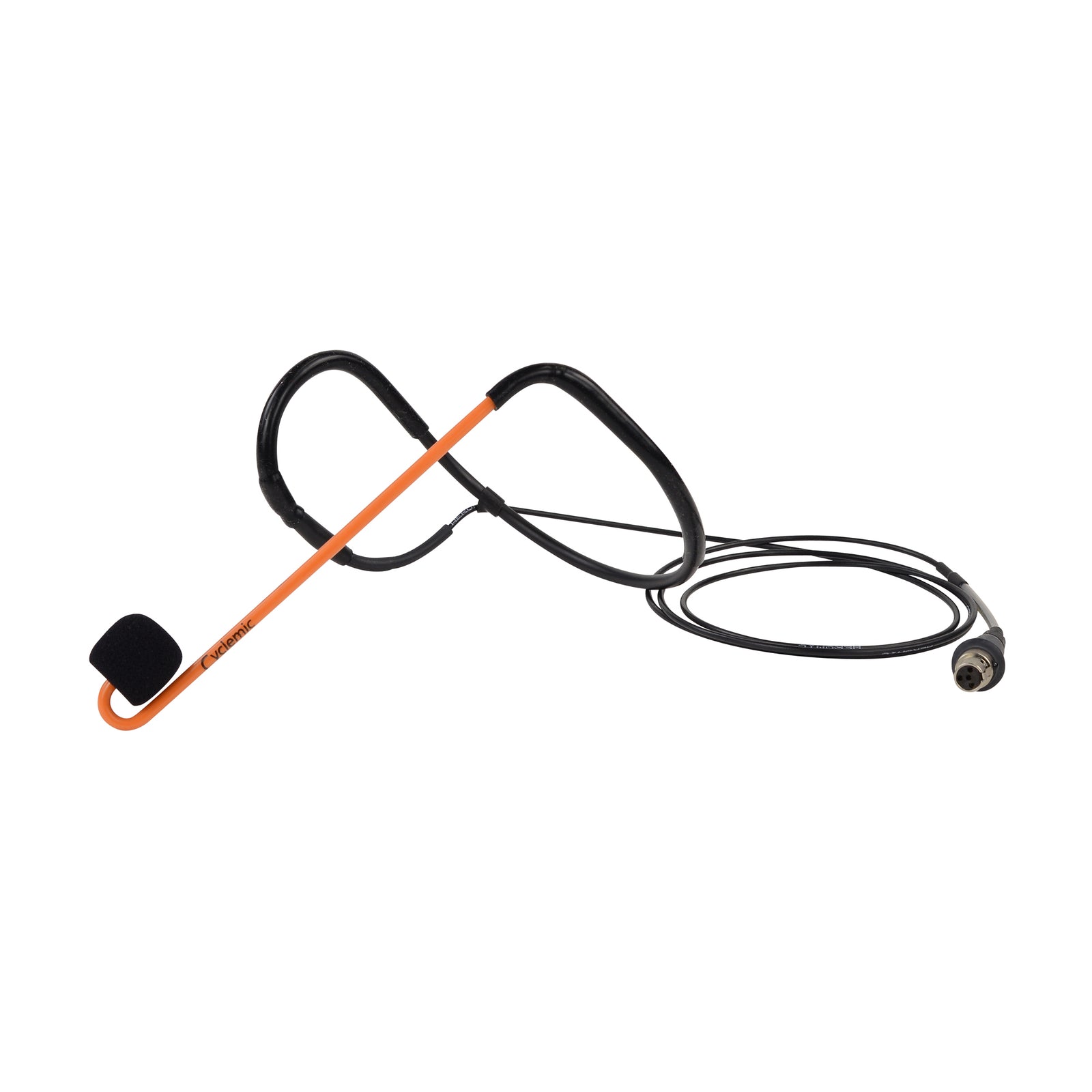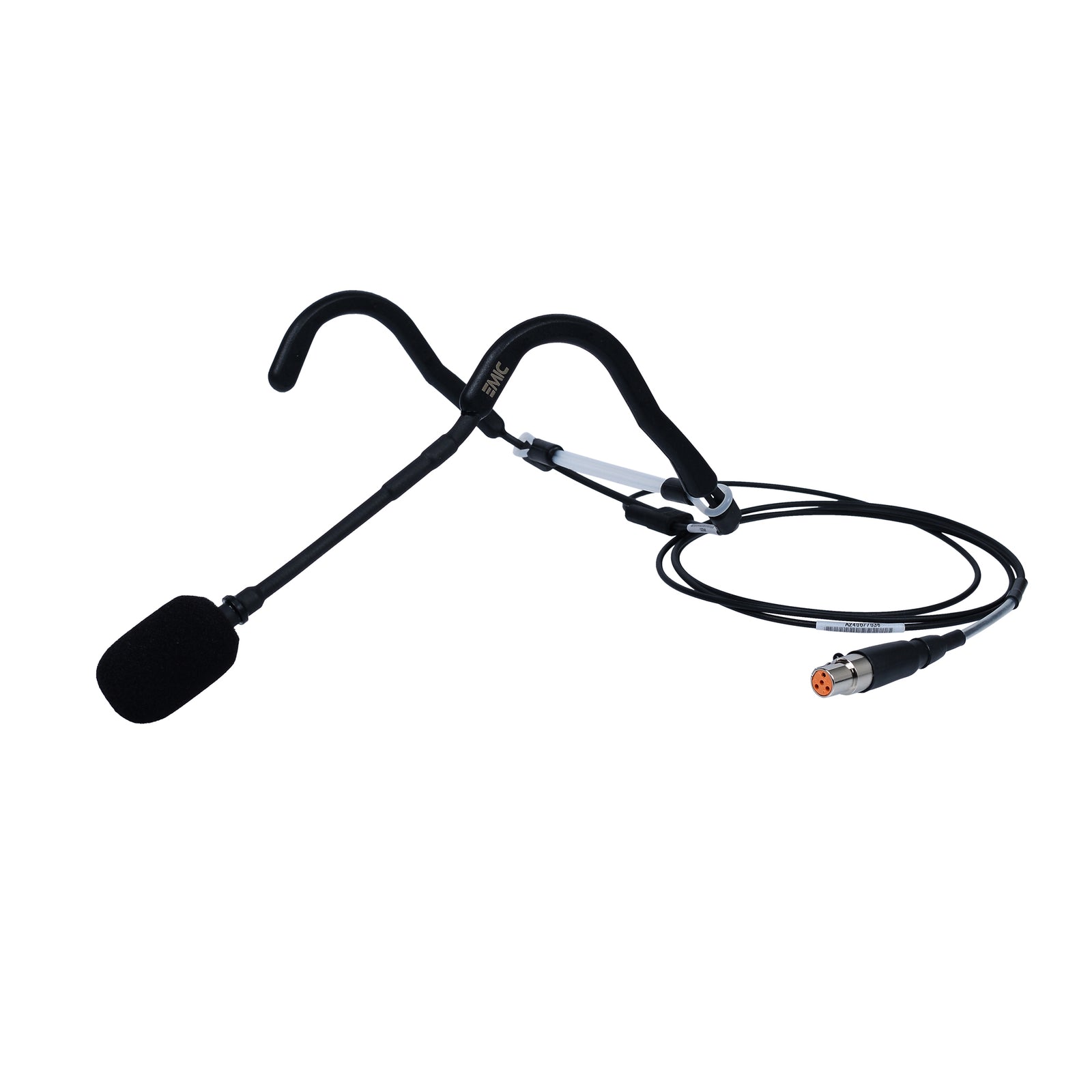
For anyone entrenched in the high-energy world of fitness instruction, one tool stands out as indispensable – the headset microphone. Crucial for delivering crystal-clear guidance over bustling gym environments, these microphones, like your own body, need attentive care to stay at peak performance. But how do you ensure the longevity of a device that accompanies you day in and out, through sweat and strain? This comprehensive guide is tailored exclusively to fitness professionals who rely on their trusted headsets.
Strategies for Prolonging Microphone Life
Incorporate a few key practices into your routine to keep your microphone in top shape.
Remember to:
- Avoid Sweat Saturation: Each headset we sell has a sweat-rating we have applied that tells you how much sweat exposure it can handle per day. Staying within these guidelines will keep your headsets in working order.
- Dry Thoroughly: Allow your mic to dry naturally after each use, avoiding heat or accelerants. Wipe with a dry towel after each use then air dry.
- Cleaning: Every microphone manufacturer strongly warns against the use of any cleaners or sanitisers. These products will degrade the microphone.
- Mind the Mileage: Studios which have more than 3 classes per day will need to alternate headsets between classes to avoid issues from sweat exposure.
Understanding the Essentials of Microphone Care
Your microphone is more than just a piece of equipment; it's an investment in your instructional prowess. From storage to regular upkeep, every step you take in caring for it directly influences its lifespan. This guide breaks down the essential dos and don'ts, ensuring that your microphone remains an asset in your instructor's toolbox.
Why Storage Matters, The Importance of Air Circulation
One crucial factor that often gets overlooked is proper storage. Microphones, particularly those used in aerobics and cycling, are especially susceptible to sweat damage if not given the chance to dry out. Store your microphone in a dry, well-ventilated area post-use. Hanging it by a hook, with enough space to allow air to circulate, is a simple and effective practice.
Protecting the Microphone Capsule
The Role of Capsule in Sound Quality
The capsule, the component you talk into, is the heart of your microphone. It's also the most sensitive to damage. Any dent or scratch can have a profound impact on sound quality. You must refrain from using any cleaning materials – like wipes, sanitisers, or alcohol – that could degrade the protective coating on the capsule.
Nurturing the Delicate Cables
Your headset's cables may contain steel at their core for added strength, but this feature does not make them impervious to harm. To prevent damage, avoid winding the wire tightly and refrain from putting sharp kinks in it, as this can cause the wires to break or short out. Regular maintenance and gentle use will preserve the integrity of your headset's delicate lifeline.
Ensuring Sweat Doesn't Shorten the Conversation
The microphone connector is the link between your headset and the sound system – a critical yet often forgotten part of the whole. Regular cleaning using DeoxIT contact cleaner, especially after intense workout sessions, can prevent sweat-related connectivity issues, which are a common hindrance to clear sound transmission.
Troubleshooting and Maintenance Advice
Even with the most vigilant care, issues can arise. When they do, your ability to troubleshoot effectively can make the difference between a quick fix and a hefty repair bill. This segment offers guidance on how to identify common mic problems and addresses commonly asked maintenance questions.
Common issues and their Remedies
Navigating the Aural Landscape
From sound failures to signal drops, here are some common issues that can occur with headsets and how to address them:
- Sound Cuts Out: This may be caused by a short in the cable. Inspect it for any signs of wear or damage, ensuring the wires are not exposed.
- Distortion or Muffled Sound: Capsule damage is a common culprit for sound distortion. It may be time to have it serviced or replaced.
- Intermittent Signal: A clean connector should resolve most unreliable connections you encounter.
Frequently Asked Questions
Anticipating and Addressing Microphone Maintenance
Fitness professionals often grapple with similar questions regarding the upkeep of their aerobic microphones. This section addresses those queries, offering clarity and direction:
- How often should I clean my headset? Regular, gentle cleaning after each use is enough to maintain hygiene.
- Can I use alcohol wipes to sanitise my microphone? No, alcohol and solvents will damage the capsule and other sensitive components.
- What are the signs of a mic that needs repair? Unusual sounds, distorted audio, or intermittent signal are all flags for a visit to the service centre.
Final Thoughts on Microphone Stewardship
Caring for your aerobic microphone is a commitment that mirrors your dedication to fitness. By heeding the advice shared in this guide, you not only safeguard your investment but also assure that each class you lead resonates with the vibrancy and clarity it deserves.
Your microphone is more than just a tool – it's a companion that amplifies your expertise and passion for fitness. Treat it well, and it will reward you with years of faithful service. Appreciate it as you do your own body – with maintenance, care, and the occasional checkup. After all, in the dynamic world of fitness instruction, every word counts, and every sound must be heard, loud and clear.







